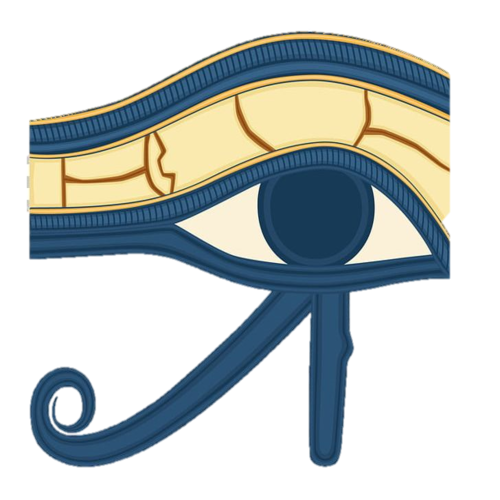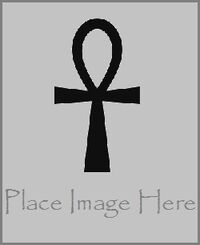Tomb KV5 is the tomb of the sons of Ramesses II, and the recent discovery of the large size of its extent, has been referred to as the most amazing discovery in the Valley of the Kings since the discovery of the tomb of Tutankhamun.
Standing near the entrance to the Valley, over the centuries it had suffered the fate of other low-lying tombs, which was to be filled with rubble washed down in the flash floods that accompany thunderstorms over the Valley. In addition, it had been robbed in antiquity.
The tomb was examined several times once exploration of the Valley in relatively modern times started, first in 1825 (by James Burton), and later in 1902 (by Howard Carter, discoverer of the tomb of Tutankhamun, who used KV5 only as a dumping ground). However, they were not able to penetrate past the first few rooms, and thus saw nothing unusual about the tomb.
It was not until the Theban Mapping Project, under Kent R. Weeks, decided to clear the tomb (in part to see if it would be damaged by proposed building works nearby, and in part so that it could be mapped) that the stage was set for the discovery of its true nature. During the initial stages of their work, from 1987 to 1994, the team was unaware of the true scope of the tomb.
It was only in 1995, after doing substantial clearing in the outer chambers of the tomb, that they were stunned to discover the long corridors, lined with rooms (approximately seventy in all: bear in mind that Ramesses sired at least that many sons), running back into the hillside; a discovery which amazed the world and reignited popular interest in Egyptology. Finds so far have included thousands of potsherds, ushabiti, faience beads, hieratic ostraca, glass vials, inlays and even a large statue of Osiris, the god of the afterlife.
Further excavations have revealed that the tomb is even larger than was first thought, as it contains more corridors, with more rooms, running off from other parts of the tomb. At least 150 rooms or chambers have been discovered as of 2006 (only about 7% of which have been cleared), and work is still continuing on clearing the rest of tomb.[1]
Further reading
- Kent R. Weeks, The Lost Tomb. New York: William Morrow, 1998. Includes a description of the discovery and excavation of KV5. ISBN 0-688-17224-5
- Kent R. Weeks, KV 5: A Preliminary Report on the Excavation of the Tomb of the Sons of Ramesses II in the Valley of the Kings. Cairo: American University Press, 2000 ISBN 977-424-574-1
- Reeves, N & Wilkinson, R.H. The Complete Valley of the Kings, 1996, Thames and Hudson, London
- Siliotti, A. Guide to the Valley of the Kings and to the Theban Necropolises and Temples, 1996, A.A. Gaddis, Cairo, Dr M.Swales,
External links
- Theban Mapping Project – Plan of the tomb and other details.
- KV5 Progress Reports – Considerable detail of the work performed each year
Template:Ancient Egypt

